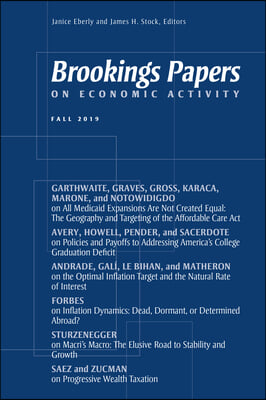了解COVID-19对妇女的经济影响
IF 2.8
3区 经济学
Q1 ECONOMICS
引用次数: 35
摘要
摘要:与以往的经济衰退相比,新冠肺炎引发的经济衰退对女性就业和劳动力参与的影响大于男性。但是,男女之间的巨大差距不如受教育程度高和受教育程度低之间的差距大。与许多说法相反,妇女并没有大量退出劳动力大军,她们的工作时间也没有大大减少。女性总体劳动力参与率没有大幅下降。也就是说,平衡照顾和工作的能力因教育、职业和种族而有很大差异。受教育程度较高的人可以在家工作。那些在这一时期开始从事各种面对面服务职业和机构的人的就业人数大幅减少。黑人女性经历了比其他因素更负面的影响,COVID-19对健康的影响可能是一个原因。对大流行影响的估计取决于所使用的反事实。大流行期间妇女的真实情况是,教育子女的就业妇女和照顾父母的成年工作女儿感到压力是因为她们仍在劳动力队伍中,而不是因为她们离开了。本文章由计算机程序翻译,如有差异,请以英文原文为准。
Understanding the Economic Impact of COVID-19 on Women
ABSTRACT:Compared with previous recessions, the recession induced by COVID-19 had a greater impact on women's employment and labor force participation relative to men. But the big divide was less between men and women than it was between the more and the less educated. Contrary to many accounts, women did not exit the labor force in large numbers, and they did not greatly decrease their hours of work. The aggregate female labor force participation rate did not plummet. That said, the ability to balance caregiving and work differed greatly by education, occupation, and race. The more educated could work from home. Those who began the period employed in various in-person service occupations and establishments experienced large reductions in employment. Black women experienced a more negative impact beyond other factors considered, and the health impact of COVID-19 is a probable reason. The estimation of the pandemic's impact depends on the counterfactual used. The real story of women during the pandemic is that employed women who were educating their children and working adult daughters who were caring for their parents were stressed because they were in the labor force, not because they left.
求助全文
通过发布文献求助,成功后即可免费获取论文全文。
去求助
来源期刊

Brookings Papers on Economic Activity
ECONOMICS-
CiteScore
10.10
自引率
0.00%
发文量
12
期刊介绍:
The Brookings Papers on Economic Activity (BPEA) is a semi-annual academic conference and journal that pairs rigorous research with real-time policy analysis to address the most urgent economic challenges of the day. Working drafts of the papers are presented and discussed at conferences typically held twice each year, and the final versions of the papers and comments along with summaries of the general discussions are published in the journal several months later. The views expressed by the authors, discussants and conference participants in BPEA are strictly those of the authors, discussants and conference participants, and not of the Brookings Institution. As an independent think tank, the Brookings Institution does not take institutional positions on any issue.
 求助内容:
求助内容: 应助结果提醒方式:
应助结果提醒方式:


